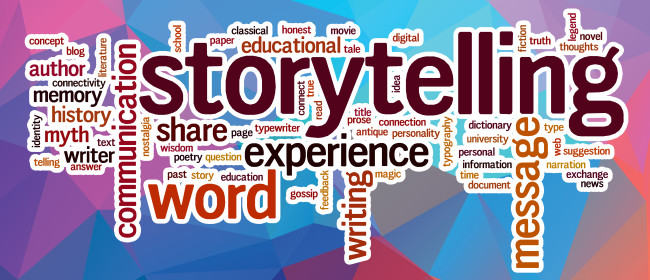Set aside time each day to cultivate and nurture your beautiful, rich, inner life. Develop a quiet and peaceful haven within yourself where you can connect with your own inner compass.
Listen, wonder, discover what intrigues you, and then follow your curiosity. One step leads to many. Soon enough you will find yourself spending some time each day doing what you love. You begin to share that pleasure with others. Not because you care what anybody says, but because what you’re doing feels so joyful.
And that joy is contagious. Others catch on. They come and join you. They sit beside you and listen as you sing your song or dance your dance. If you enjoy it enough, believe me, others will enjoy it, too.
Photo by Rushil Venkateswar on Unsplash









